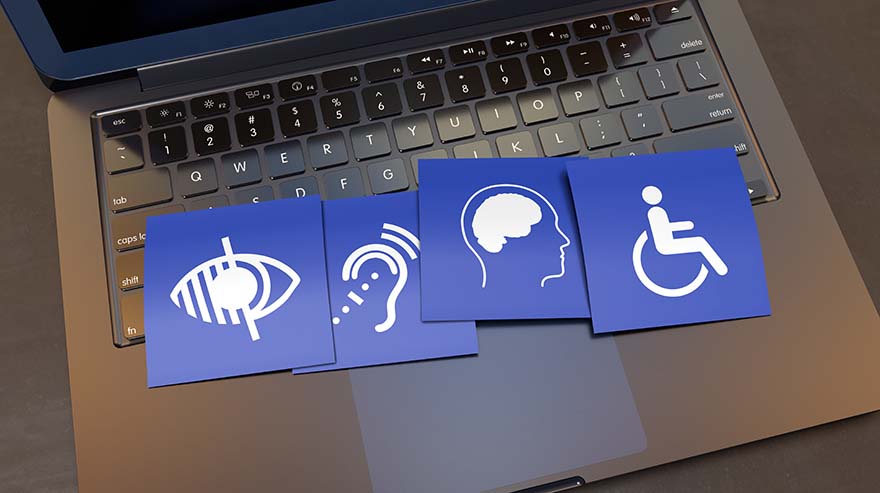Students can spend a great deal of time reading or viewing material, but merely reading does little to help students learn or help direct their studying efforts. Knowledge checks can be a powerful way to help students interact with course material. Low-stakes assessments help students see how well they have understood the information, make judgments about what and how much they should study and allow students to process the material more deeply.
Best practices
When to use:
- Knowledge checks are useful for assessing student understanding:
- Before they’ve learned new material to prime them with previously covered materials.
- While they are engaging with material such as a reading or a lecture video.
- After a unit but before a formal assessment to help them see what they may need to review.
- Align knowledge checks with the module’s learning objectives. This helps the assignment and knowledge check feel meaningful to students and helps reinforce course learning objectives.
- Provide feedback. It can be extremely helpful to go beyond simple “correct” and “incorrect” feedback and give the student more information.
- Why was the answer incorrect? Where can the student go to get more information? Feedback is the most essential component for learning.
- Keep knowledge checks short (just a few questions) and keep the total number consistent with the number of learning objectives for a module.
When to set up:
- When creating lessons in Canvas, it can be helpful to students to break up content with short knowledge checks. Using the quiz tool can be fast and easy to count these for a small grade.
- Microsoft Forms knowledge checks can also be embedded into pages in Canvas using the Rich Content Editor (these do not connect to the grade book, so these are for teaching/learning only and not assessment).
When not to use:
- Knowledge checks should not be designed to trip students up, but instead should give them a realistic look at their understanding of the material.
- To grade knowledge checks, consider grading for completion, not correctness, so students can interact with the material several times if needed.
- Don’t rely on true/false questions. Answers to such questions are easy to guess and may not give students an accurate idea of their learning. Multiple-choice questions can provide the learner with better feedback. But keep grading to a minimum.
Walk through it together
For complete written step-by-step instructions, visit the Center for Teaching, Learning and Design Ready Spotlight tutorial page.
Have questions?
Want help on this or other teaching and learning topics? Please visit us for drop-in support (10 a.m.-3 p.m., M-F) or try one of our self-help tutorials.








